Spain, America’s Undeclared Ally in the American Revolution
The United States’s only formally declared European ally in the American Revolution was France, but it also had an undeclared friend in Spain. While France is the country most Americans associate with American independence, Spain played a significant role as well, arguably even more critical than France.
In addition to providing military supplies, men, and money to the United States, Spain stretched English military capacity beyond the breaking point, was instrumental in removing Great Britain from America’s southern flank, and importantly, demanded that American independence be part of any peace agreement.
Spain had held modern day Florida since the 1500s but lost it to England with the Treaty of Paris in 1763 which ended the Seven Years War (French and Indian War). Near the end of that war when it appeared France would lose the fight, France gave the Province of Louisiana, including the vital port of New Orleans, to Spain through the secret Treaty of Fontainebleau, rather than see this territory fall into British hands.
Consequently, at the outbreak of the American Revolution, Spain possessed access to the American interior via New Orleans and the Mississippi, but also greatly coveted British held Florida (which England had subsequently split into East Florida and West Florida). More broadly, Spain hoped to regain Gibraltar (lost in the 1713 Treaty of Utrecht) and Minorca in the Mediterranean, eliminate British encroachments in Guatemala (today’s Central America), and reduce British influence in the Gulf of Mexico and the Caribbean.
In 1776, Spain controlled more land in the western hemisphere than any other European nation. The Kingdom’s colonial possessions stretched from Cape Horn at the tip of South America through the Isthmus of Panama and Mexico and north of Alta California all the way to Alaska and all lands from the Pacific coast to the west bank of the Mississippi. In addition, Spain owned countless islands throughout the Caribbean, most notably Cuba with its crown jewel port of Havana, Puerto Rico, and Hispaniola (modern-day Haiti and Dominican Republic).
Pompeo Girolamo Batoni. “Don José Moñino y Redondo, Conde de Floridablanca.” Art Institute Chicago.
When France formally declared its alliance with the fledgling United States in February 1778, Spain was asked by the American colonies to follow suit, but King Carlos (Charles) III and his chief minister, Jose Monino, Count of Floridablanca, refused as they felt Spain was not quite ready to join the conflict against England. But more importantly, because Spain had its own colonial empire to hold in check, it could not appear to be openly supportive of the American colonies gaining their independence while refusing to grant independence to its own. There was great concern in Spain that the American independence example would spill over and create a similar movement in Central and South America, which it did in the early 1800s.
However, Carlos, who was a cousin of France’s King Louis XVI, saw an opportunity in the growing conflict to recover Spain’s lost lands from England. Consequently, in fulfillment of a new compact with France which stipulated that American independence be part of any future peace treaty, Spain declared war on England on June 21, 1779. This step taken by Spain was viewed by most astute observers at the time as critical to the success of the American effort.
This was so because mastery of the sea was the key to defeating the British, especially along the eastern seaboard where the British could easily transport troops from one theater to another and resupply them as needed. Additionally, left unchecked, British warships could enforce a tight blockade of American ports, denying much needed European military supplies to the Continental Army.
As General George Washington noted to Congress, the English were “greatly superior to the French by sea and would continue so unless Spain interposes.” Even the French Foreign Minister, Comte de Vergennes, told King Louis that France could not win without Spain’s assistance. Simply put, the French navy was not strong enough to wrest control of the seas from the superior British ships-of-the-line, the most formidable type of warship in the 18th century. However, with Spain’s ships-of-the-line thrown into the mix, it was the British who were at a numerical disadvantage.
Even more importantly from a strategic standpoint, Spain’s entry into the war converted a regionalized fight, initially limited to Britain’s rebellious American colonies, to a more worldwide affair with the conflict expanding into the Mediterranean, Central America, and the Floridas. This expansion of theaters placed a tremendous stress on the British navy and forced British officials to make hard choices regarding where to deploy their ships.
Spanish involvement also meant that a numerically superior navy and a powerful European army was now just across the English Channel, rendering an invasion of the home islands a realistic possibility, one that horrified the British. As a result, British warships that could have been used in North America, were forced to remain in home waters.
The overarching strategy of the Franco-Spanish compact was to slowly bleed the British into submission by nibbling away at the edges of their far-flung empire, thereby making a continuation of the war cost prohibitive for England. As time would prove out, the strategy worked masterfully, mostly thanks to Spain’s efforts.
Next week, we will discuss Spain’s efforts in the Mississippi River Valley. Until then, may your motto be “Ducit Amor Patriae,” love of country leads me.

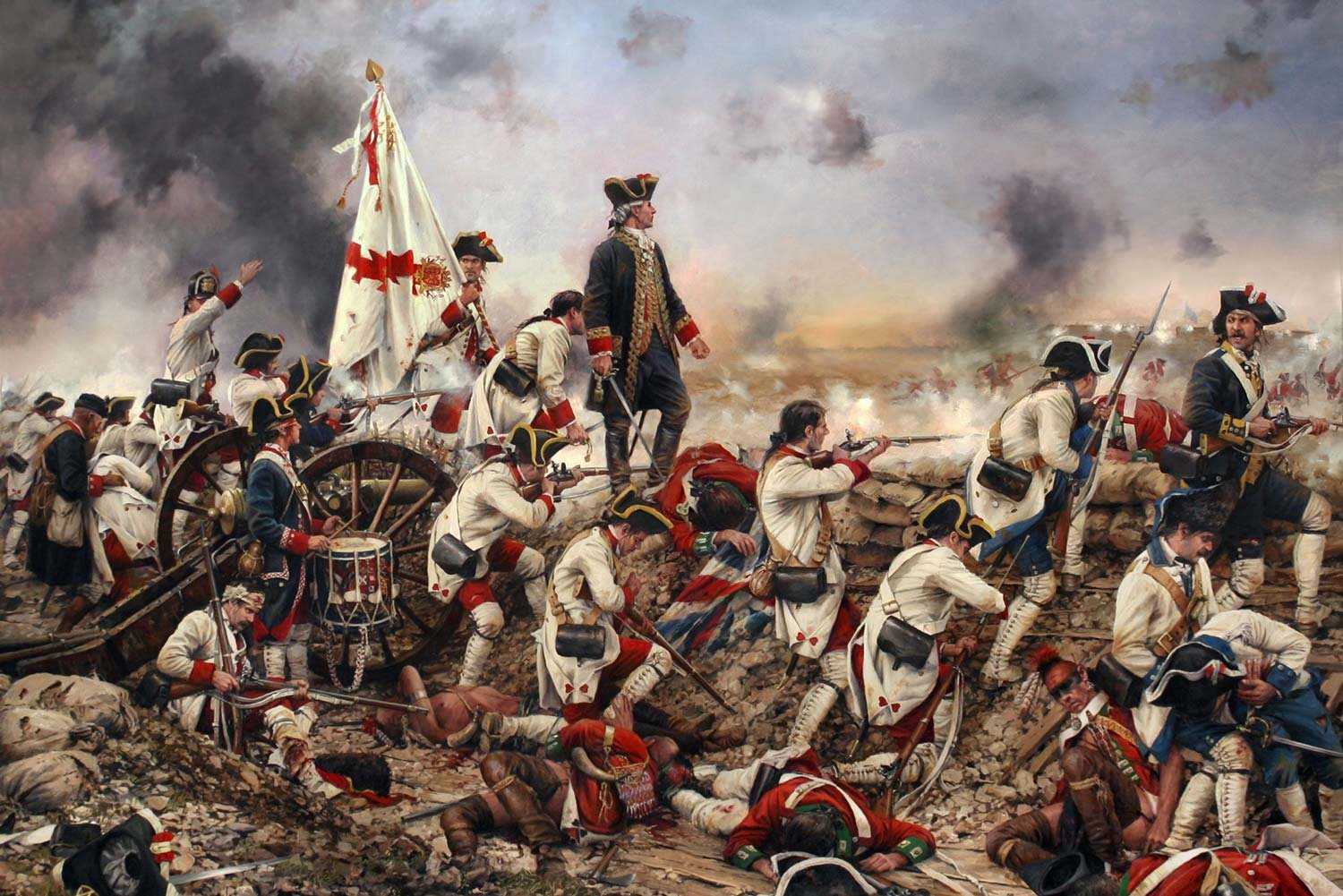
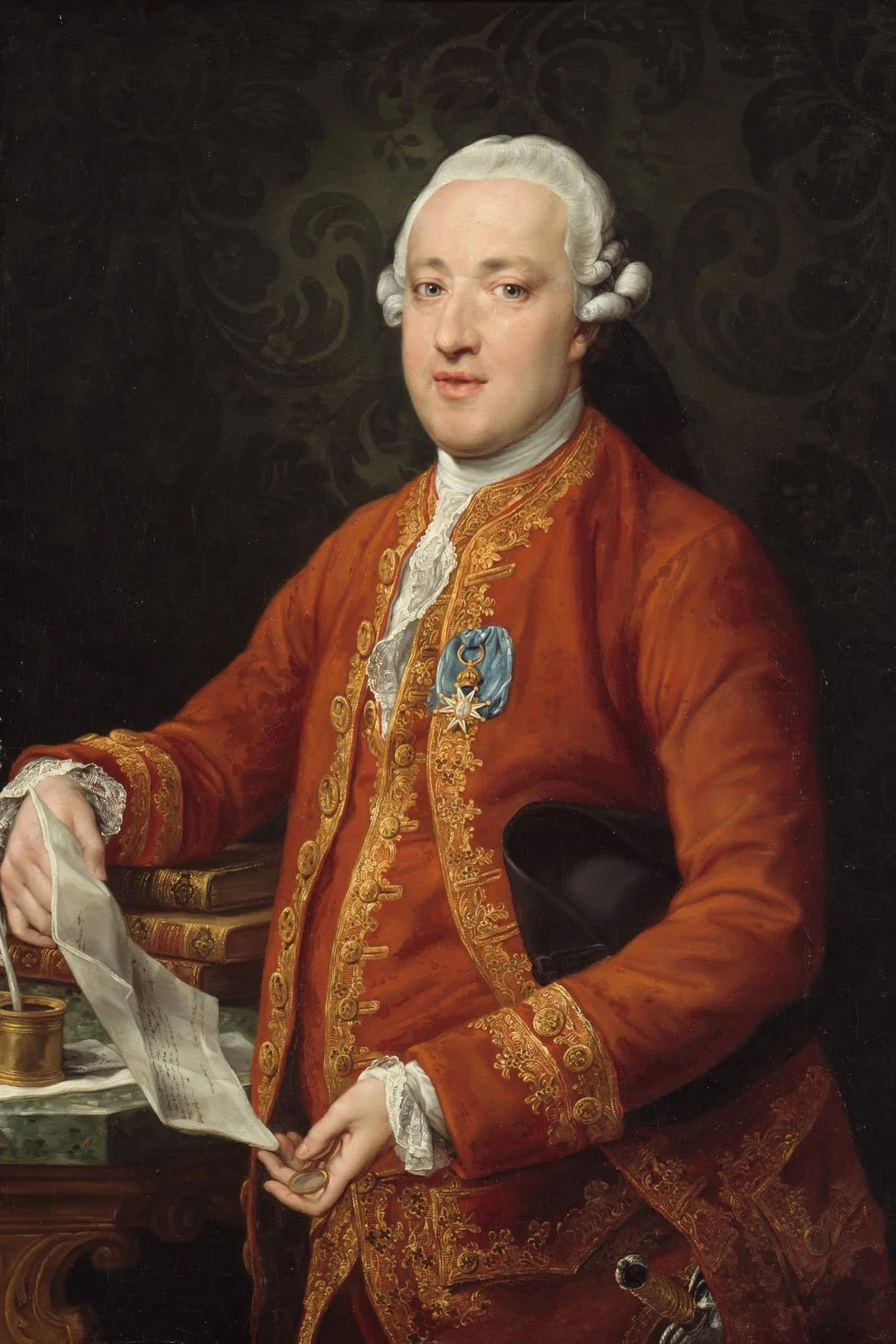

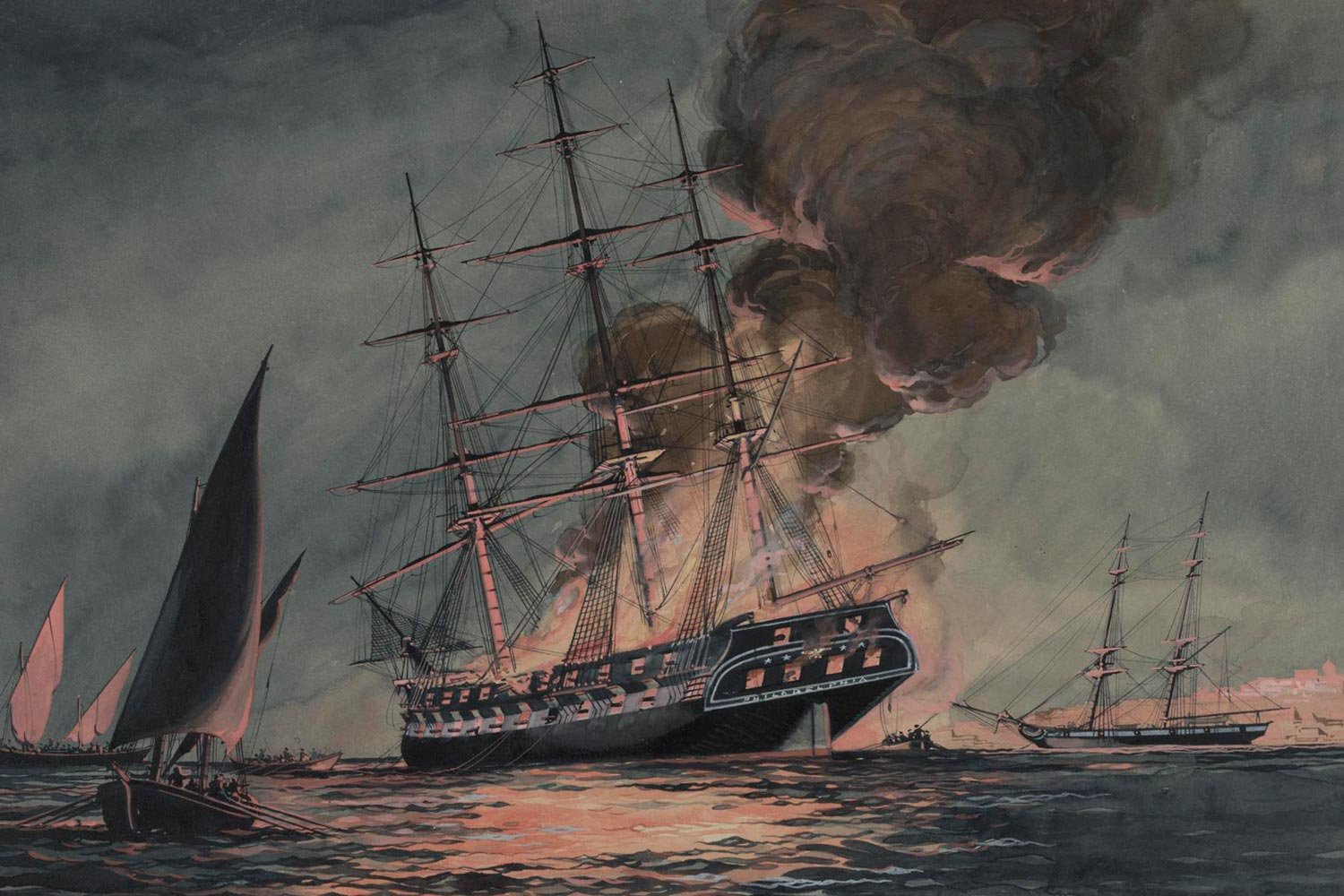
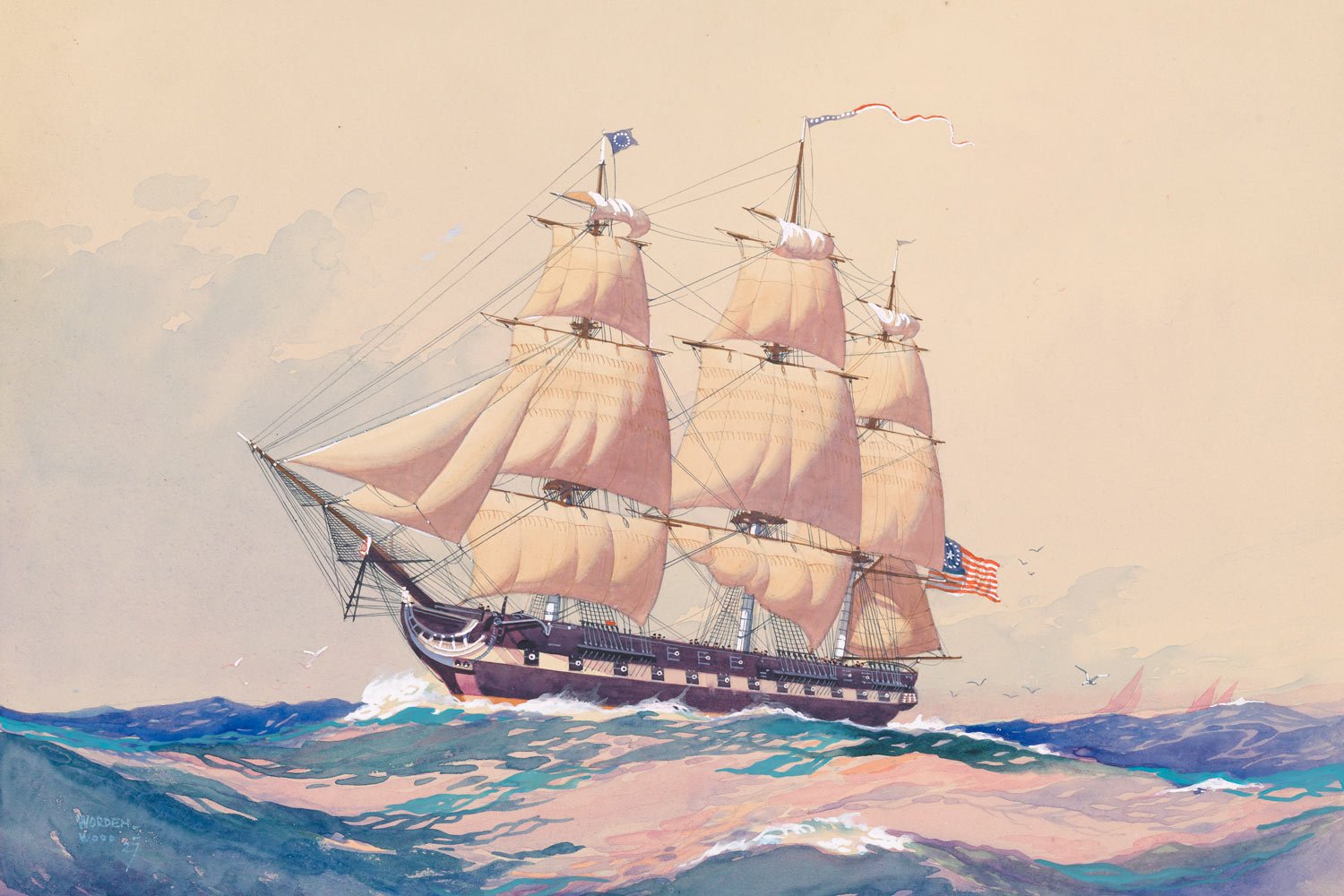


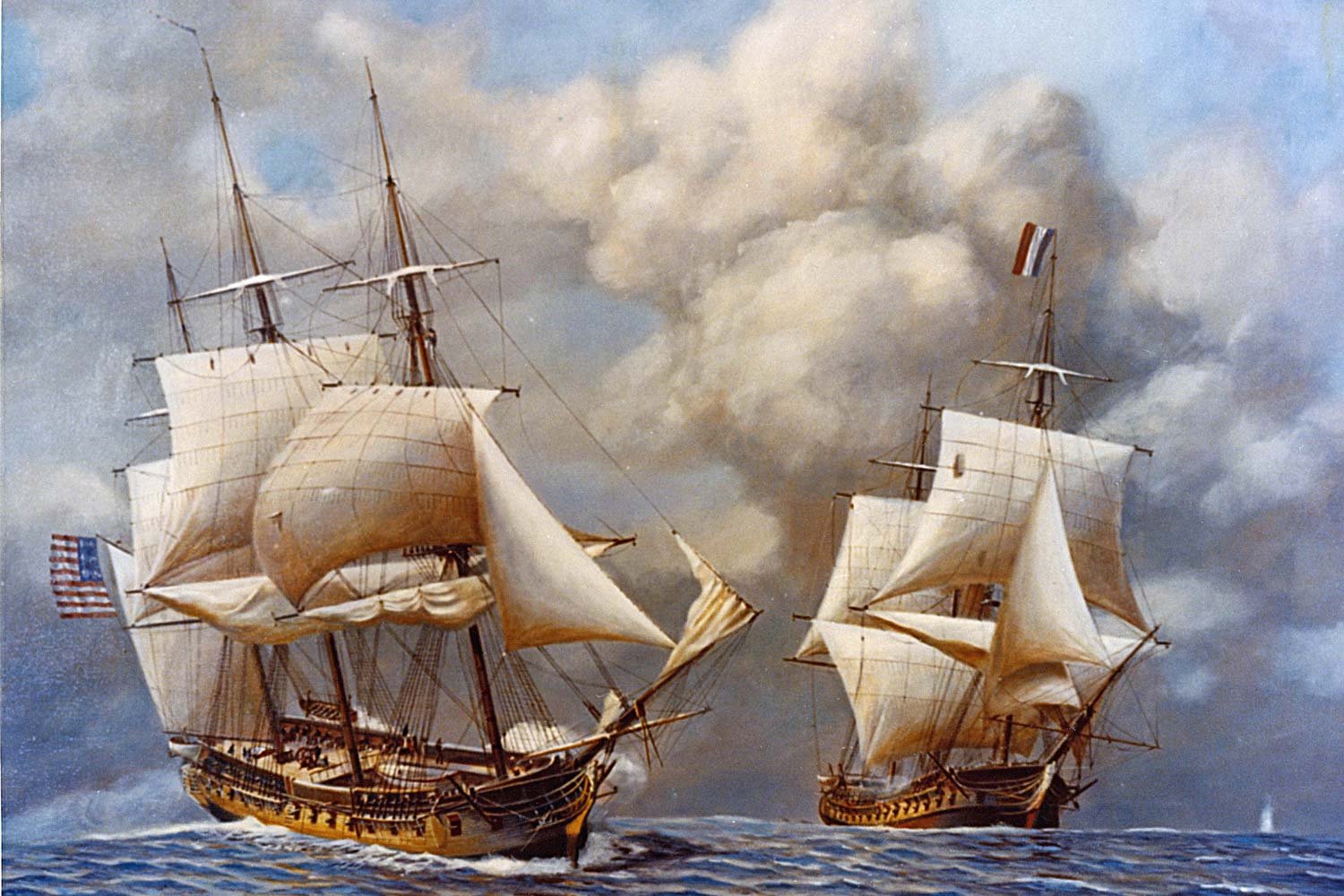
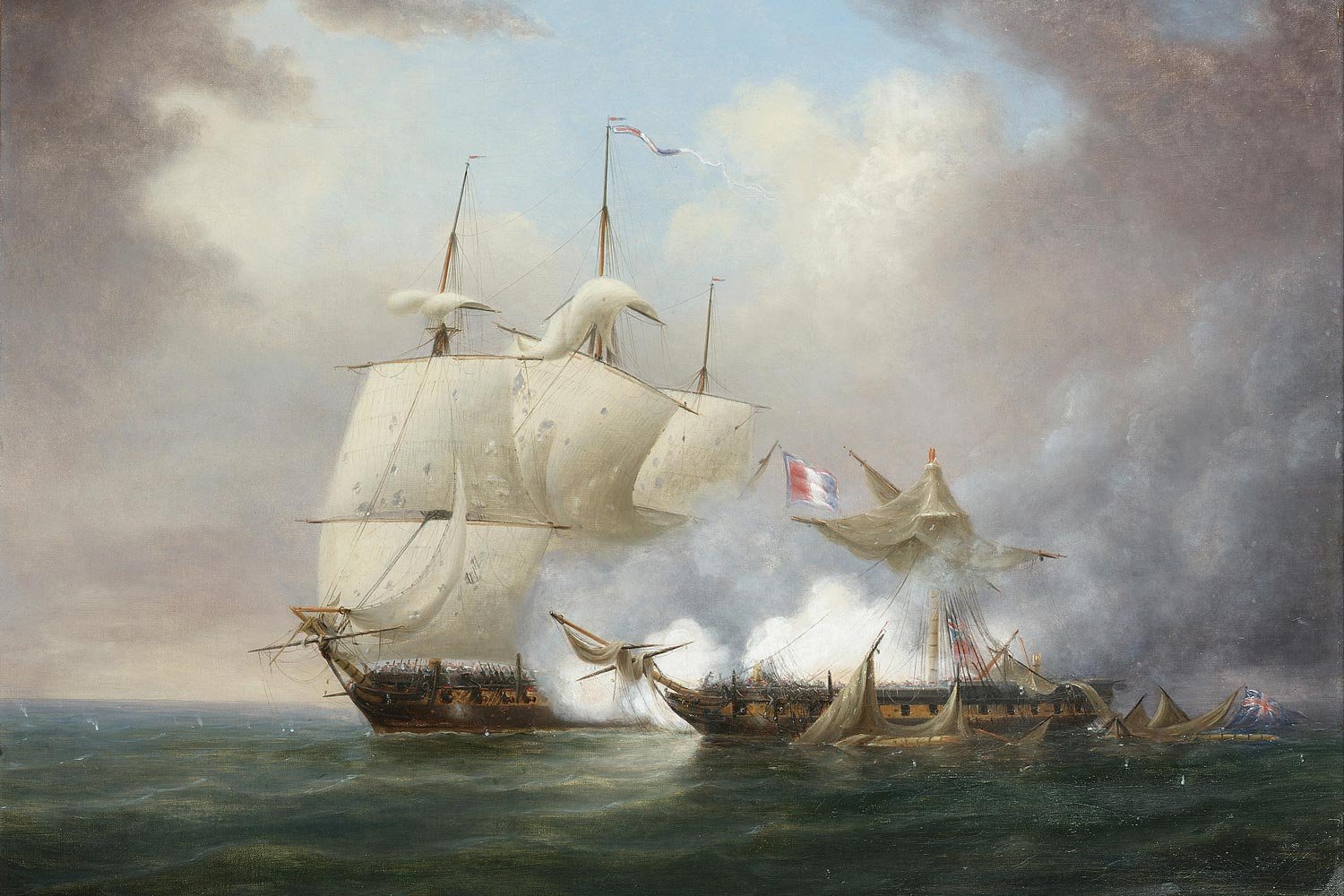
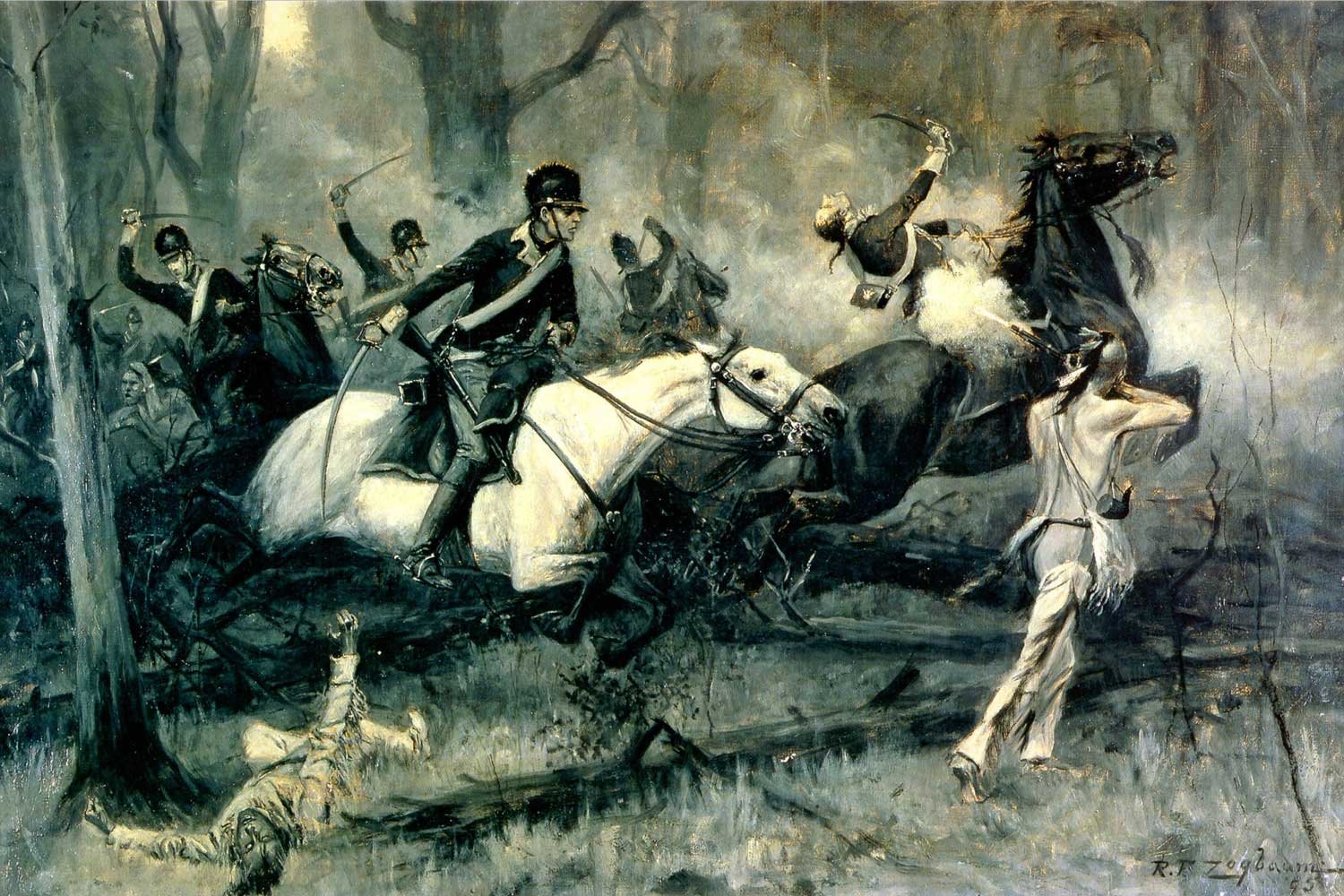
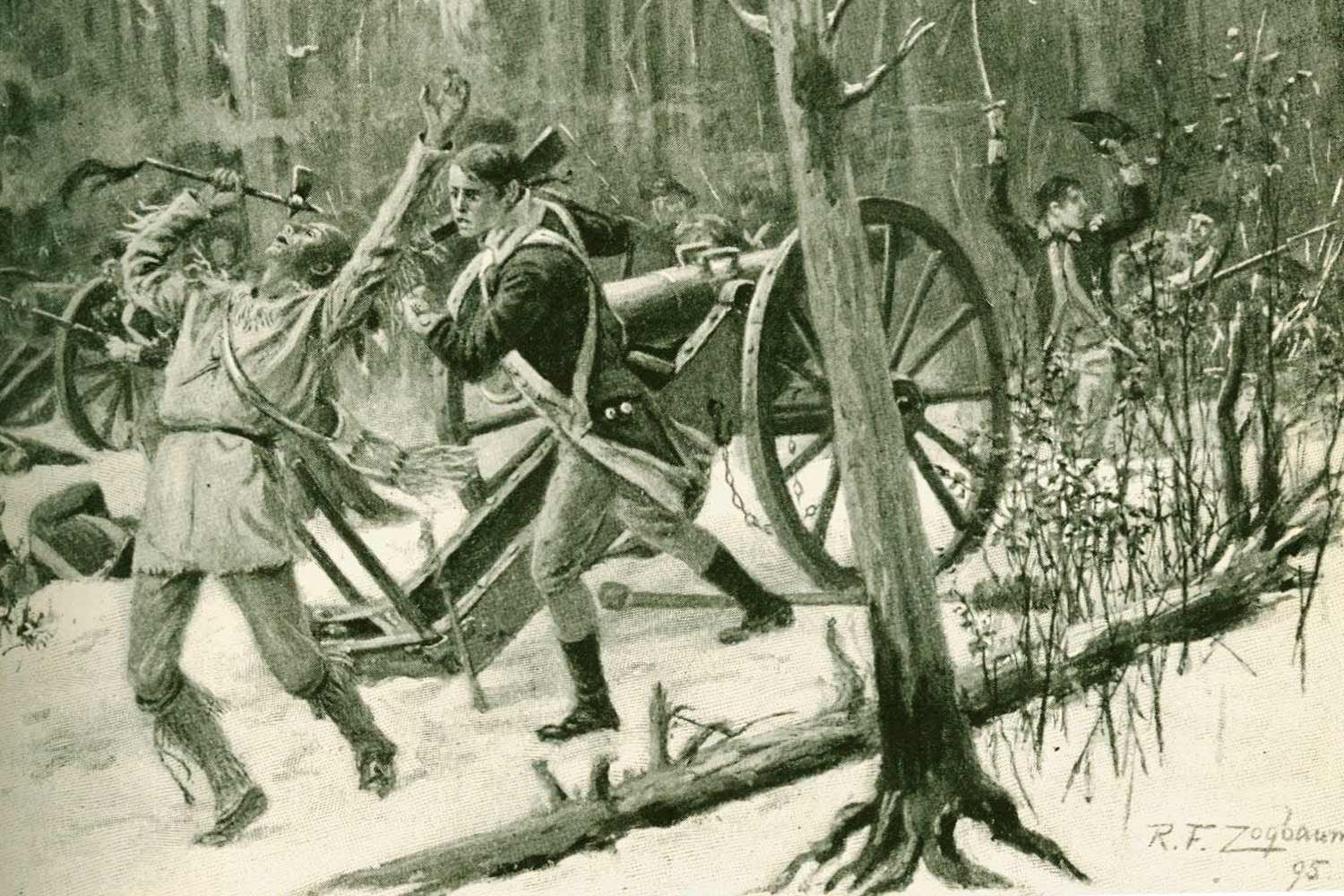
Commodore Edward Preble assembled his considerable American fleet just outside Tripoli harbor in August 1804, determined to punish the city and its corsairs, and force Yusuf Karamanli, the Dey of Tripoli, to sue for peace.